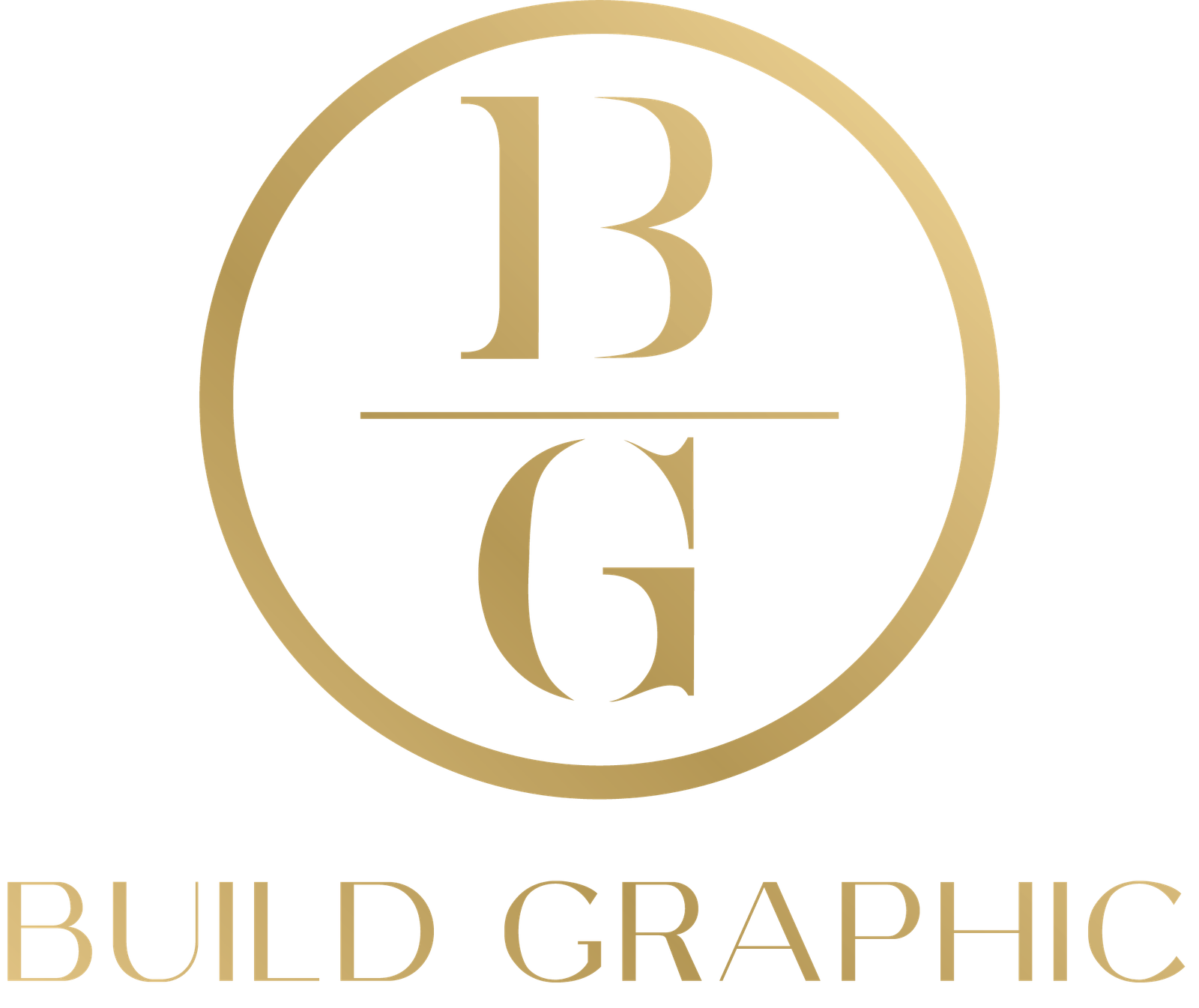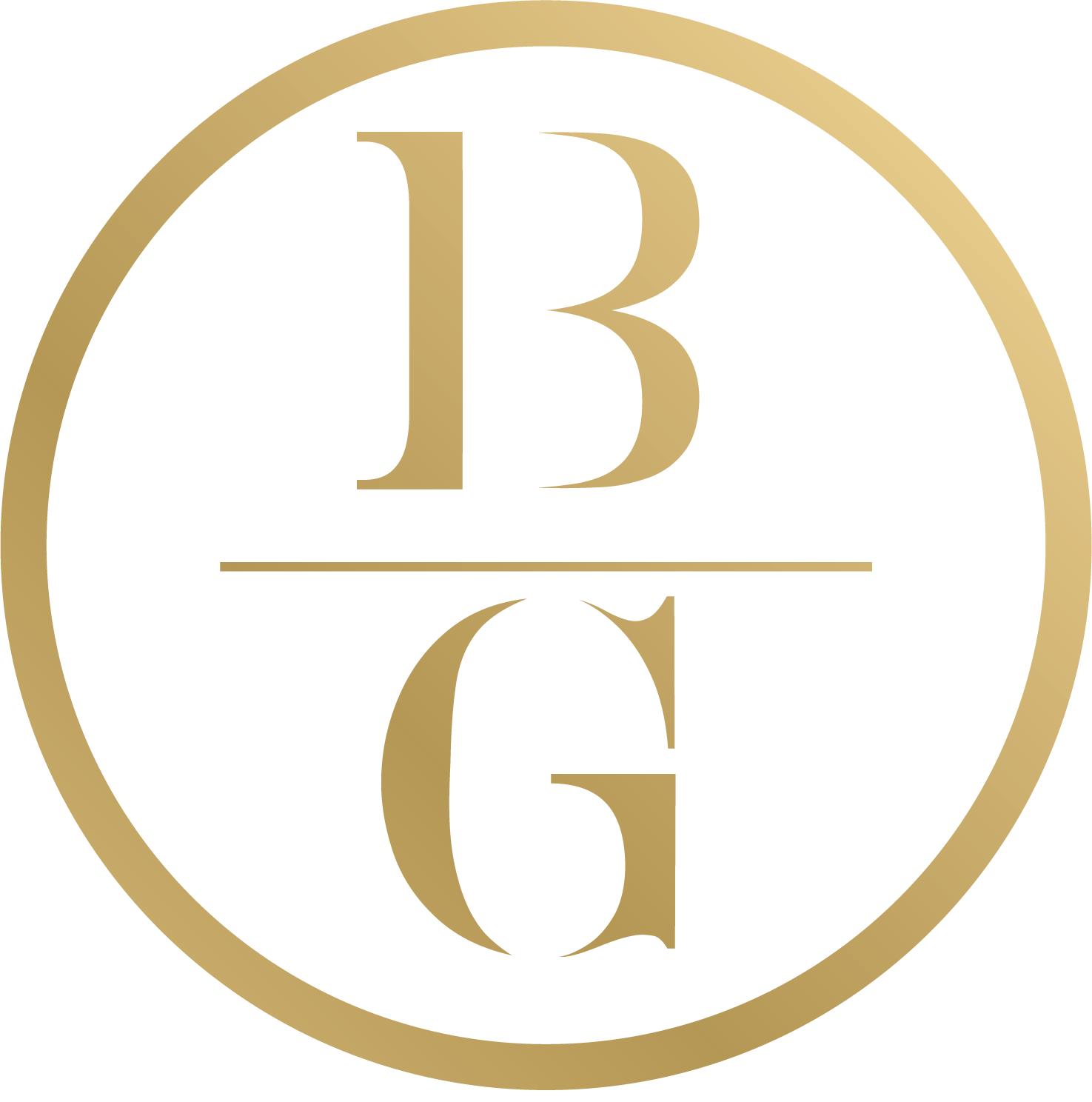Why It’s So Important To Have Portfolio?
Your design portfolio is a global window to review your work and evaluate your talent, skills and experience. … Given that this can make or break your career, creating a design portfolio itself becomes the most important design exercise for your career.
As a freelancer, you are simultaneously working on a colorful project storm. Unlike corporate work, where you play a single role with pre-defined responsibilities as a freelancer, the type of projects you work with and the clients you work with can be very different.
While you could list many of the projects you’ve worked on during a job interview, you can easily say and, more importantly, show your potential using a portfolio. If you are a freelance translator, here are some reasons why you need a portfolio.
Portfolio’s importance
Simply put, a professional portfolio is essentially a marketing tool. With a comprehensive portfolio of professionals, you can easily showcase your best projects, past and current clients, and what skills you can offer your company.
What is the role of a professional portfolio?
Portfolios can be useful in a variety of situations.
Job interview
Freelancers do not have the very traditional curricula vitae. Standard resumes list companies and how long someone has been working there, but freelancers can work with a handful of clients in a short amount of time. While you should have a resume showing a potential employer a professional portfolio, the interviewer can tangible see what skills you can provide to your company.
Negotiations on salaries or prices
It is one thing to tell the employer that you deserve a higher rate, and another thing is to show them all the work you have done and why this equates to higher compensation. If you find it difficult to promote yourself, a folder can definitely showcase your talents. In cases where a client wants you to work with something new, you have documented examples of what you can achieve, and you can use your portfolio as a tool to negotiate higher interest rates.
How to create a portfolio?
Before building your portfolio, it is important to consider the purpose of your professional portfolio. Your goal will determine what type of content you should include in your portfolio and how best to organize your series of projects. Goals can include what you’re aiming for, what industry you want to break into, or show your current client all the work you’ve done over the years.
What to add to the portfolio?
Introduction
Take the time to introduce yourself and what you are doing. Your introduction should give potential employers a look at who you are, what you do, and what it would be like to work with you.
Powers
A professional portfolio should include all the documents that further enhance your credibility as a qualified entrepreneur. Your portfolio should include credentials such as your resume, awards, educational transcripts or diplomas, and any letters of recommendation.
Summary page
While we’d like to imagine that a potential employer will need enough time to master each page of your portfolio, the truth is that sometimes employers can only take a few moments to review your work. By including a summary page that highlights prominent client names, awards, impressive projects, and informative stats, you can directly show your employer what you’ve done in the past and what you can do about them in the future.
Examples of work
A key component of your professional portfolio should be examples of your work. Think about the purpose of your portfolio and select projects that will accurately support your mission. If you want to work with a specific client, choose examples of work that your ideal client could use to improve their brand. If you want to break into a new industry, gather examples that validate the work you have done in that industry, and consider adding new project ideas that you could implement for clients in that industry.
Changing formatting
It should be noted that you may have more than one portfolio. Consider creating a comprehensive portfolio of notable projects you’ve worked on so you don’t forget past projects. From there, you can browse all the completed projects and alternately create individual portfolios according to your goal.
Build your portfolio website
Having a professional portfolio is an extremely useful tool for every freelancer. Consider the purpose of your portfolio and gather examples of work that will help you achieve your goal. Print folders can be great for in-person conversations, but if you don’t want to create a hard copy, you can use a service like Fiverr to create a portfolio website where you can digitally store job samples, biographies, and more. Whether you choose a print or digital portfolio, all freelancers can (and should!) Use portfolios to promote and showcase their creative talents.


No Comments
There are not comments on this post yet. Be the first one!